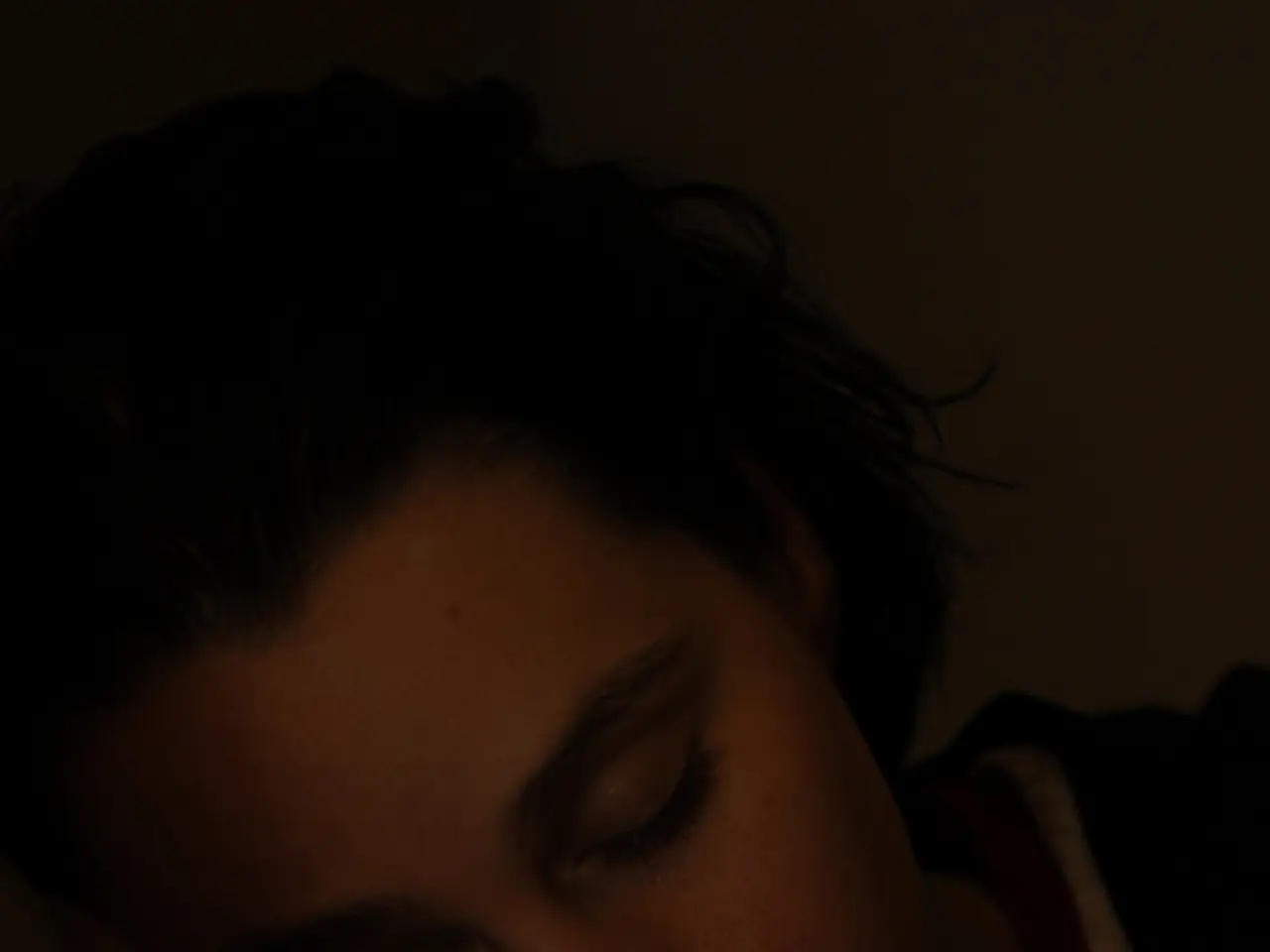Sleep disorders connection: Exploring the relationship between narcolepsy and insomnia
Narcolepsy and insomnia, two distinct sleep disorders, affect millions of people worldwide, each with its unique symptoms and treatments.
Narcolepsy, a neurological disorder, is characterized by excessive daytime sleepiness, sudden loss of muscle tone (cataplexy), sleep paralysis, and hallucinations. It primarily results from a loss of nerve cells that produce orexin, a chemical messenger that plays a role in activating parts of the brain that promote wakefulness. This loss disrupts the consolidation of wakefulness and REM sleep regulation, leading to rapid transitions between sleep and wake states, fragmented nighttime sleep, and overwhelming daytime sleepiness.
In contrast, insomnia involves difficulty initiating or maintaining sleep, leading to insufficient or poor-quality sleep at night. It is primarily characterized by trouble falling asleep, staying asleep, or nonrestorative sleep without necessarily showing abnormalities in orexin or REM sleep mechanisms.
Regarding treatment, narcolepsy therapies focus on improving wakefulness and modulating sleep architecture often by targeting orexin pathways. Medications such as modafinil and armodafinil improve wakefulness in narcolepsy. For insomnia, treatments often aim to improve sleep initiation and continuity. Dexmedetomidine combined with esketamine has shown efficacy in improving sleep quality, increasing deep sleep (N3 proportion), and extending total sleep time for insomnia patients, especially those with comorbid depression.
While both disorders impact sleep quality, narcolepsy uniquely involves dysregulation of sleep-wake transitions and REM sleep related to orexin loss, whereas insomnia is mainly difficulty achieving or maintaining sleep. Their treatments address these differing underlying mechanisms, with some overlap in striving to improve overall sleep quality and daytime functioning.
Interestingly, both narcolepsy and insomnia share the chemical messenger orexin. However, in narcolepsy, there may be fewer than normal orexin-producing nerve cells, while in insomnia, there may be too much orexin or an inappropriate release of orexin at night.
People with both narcolepsy and insomnia can benefit from creating a healthy, comfortable sleeping environment and following a regular sleep schedule. A doctor may prescribe different medications to treat each condition.
Insomnia can be caused by various factors, including anxiety, depression, stress, caffeine, nicotine, alcohol, certain medications, and conditions like menopause, bipolar disorder, restless leg syndrome, Parkinson's disease, Alzheimer's disease, overactive thyroid, and some other health conditions.
Narcolepsy, on the other hand, may be caused by problems with the immune system, the Pandemrix vaccine, a genetic problem, psychological stress, changes to hormones, and changes to sleep patterns.
Recreational drugs such as ecstasy or cocaine can also cause insomnia. Chronic use of antihistamines can be associated with dementia. Natural treatments for insomnia may include melatonin, lavender, magnesium, and valerian root.
It is essential to remember that while this article provides an overview of narcolepsy and insomnia, it is not exhaustive. If you suspect you have either of these conditions, it is crucial to consult a healthcare professional for a proper diagnosis and treatment.
References:
- [Kryger, M., Roth, T., & Dement, W. (2005). Principles and practice of sleep medicine (4th ed.). West Sussex: John Wiley & Sons.]
- [Peypel, A., & Bassetti, C. L. (2015). Narcolepsy. In StatPearls [Internet]. Treasure Island (FL): StatPearls Publishing.]
- [Poyares, D., & Bassetti, C. L. (2018). Narcolepsy. In StatPearls [Internet]. Treasure Island (FL): StatPearls Publishing.]
- [Poyares, D., & Bassetti, C. L. (2018). Insomnia. In StatPearls [Internet]. Treasure Island (FL): StatPearls Publishing.]
- [Thorpy, M. J. (2018). Narcolepsy. In StatPearls [Internet]. Treasure Island (FL): StatPearls Publishing.]
- Besides narcolepsy, insomnia can be linked to various mental health conditions, chronic diseases, neurological disorders, and medical-conditions such as anxiety, depression, stress, changes to hormones, and certain medications.
- In the realm of health and wellness, both sleep disorders – narcolepsy and insomnia – can be addressed through medical-interventions, lifestyle modifications, and natural remedies like CBD, melatonin, lavender, magnesium, and valerian root.
- Recent studies have shown positive effects of certain medications like dexmedetomidine and esketamine for treating insomnia by improving sleep quality, deep sleep, and extending total sleep time, particularly for those with comorbid depression.
- Narcolepsy is more specifically characterized by dysregulation of sleep-wake transitions, rapid transitions between sleep and wake states, and REM sleep related to orexin loss, while insomnia is primarily about difficulty in achieving or maintaining sleep.
- Narcolepsy treatments often target orexin pathways to improve wakefulness and modulate sleep architecture, while insomnia treatments aim to improve sleep initiation and continuity, ultimately addressing their differing underlying mechanisms while trying to improve overall sleep quality and daytime functioning.




